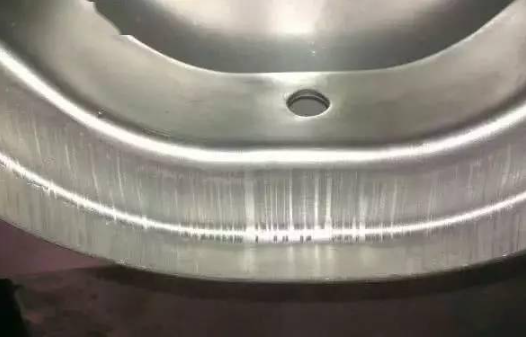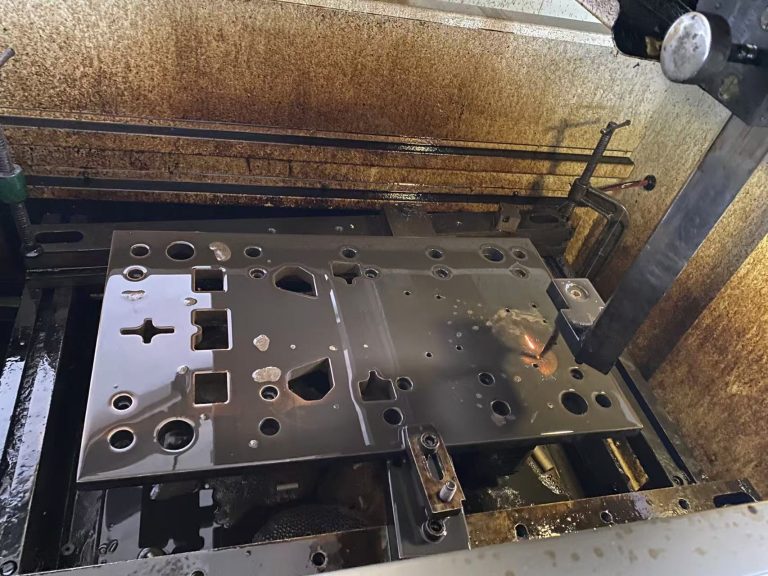7 Common Issues in OEM Prototyping
When you’re bringing a new product to life, the prototype stage is where ideas begin to take shape. But for many clients, this is also where frustration starts. At Metaco, we’ve supported hundreds of OEM prototyping projects, from simple brackets to complex assemblies. Over time, we’ve seen the same pain points come up again and again. This article shares 7 of the most common challenges clients face during metal fabrication prototyping—and more importantly, how we help solve them.
Table of Contents
1. Incomplete or Unclear Technical Drawings
Drawings are the foundation of any prototype. However, it’s not uncommon for clients to submit incomplete files—missing key dimensions, tolerance values, or inconsistent 2D and 3D models. This can lead to fabrication errors or rework.
Solution: Use a drawing review checklist to ensure all required documents are provided upfront: STEP/IGES 3D files, dimensioned 2D PDFs, material specifications, and surface finish notes. Offering standardized drawing templates can help clients meet your engineering expectations.
2. Material Issues: Infeasible Selection or Long Lead Times
During prototyping, clients often specify materials suitable for mass production, but not feasible for rapid sampling—due to availability, high cost, or import restrictions.
During prototyping, clients often specify materials suitable for mass production, but not feasible for rapid sampling—due to availability, high cost, or import restrictions.
3. Cost Gaps Between Quote and Expectation
A frequent concern: “Why is this sample so expensive?” Many clients underestimate the true cost of prototyping, which includes CNC programming, fixture design, setup labor, and custom tooling—not just raw materials.
Solution: Offer tiered prototype options—such as visual-only samples, simplified geometry, or fully functional parts. Explain cost structure transparently and consider rebate policies (e.g., deducting sample costs from mass orders) to reduce hesitation.
4. Tolerance Control Challenges
Tight tolerances can be hard to meet, especially for sheet metal components that are prone to thermal deformation, spring-back, or weld shrinkage.
Solution: Identify and prioritize critical-to-function dimensions during planning. Recommend tolerance relaxation on non-functional features if needed. Use CMM (Coordinate Measuring Machines) and SPC to validate consistency, and build an internal tolerance control database for similar projects.
5. Poor Process Planning and Fabrication Sequence
Incorrect manufacturing sequences—such as bending before hole punching—can result in deformation or unusable parts, especially when dealing with complex geometries.
Solution: Assign experienced process engineers to design optimal fabrication routes (e.g., laser → bend → weld → finish). For complex shapes, conduct forming simulations to predict risks. Standardize routing cards to improve repeatability.
6. Frequent Design Changes and Slow Client Feedback
Delayed confirmations or frequent drawing revisions can stall progress and drain resources during the prototyping phase.
Solution: Establish a “design freeze” policy, clarifying the number and timing of acceptable revisions. Use project management platforms (like Notion or Trello) to track approvals and facilitate faster communication.
7. Surface Finish Doesn’t Match Client Expectations
Even when dimensions are perfect, clients may be dissatisfied if color tones, glossiness, or texture differ from what they had in mind—especially with anodizing or powder coating.
Solution: Provide color swatches or treated samples in advance for approval. Document all finishing parameters (temperature, coating time, thickness) to ensure consistency in future batches. If needed, propose acceptable visual variance or rework options.




